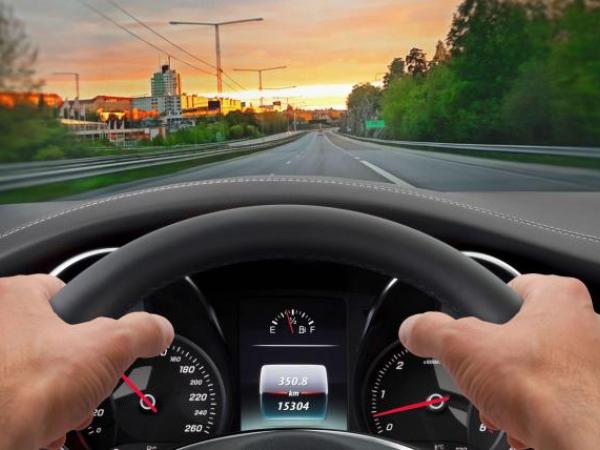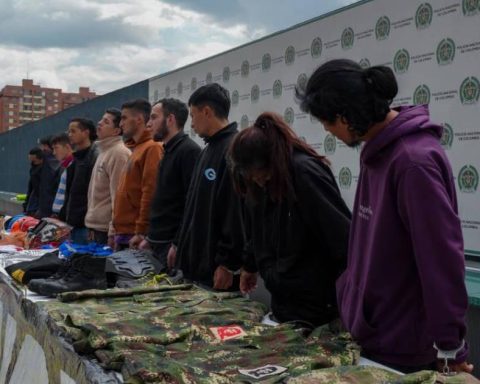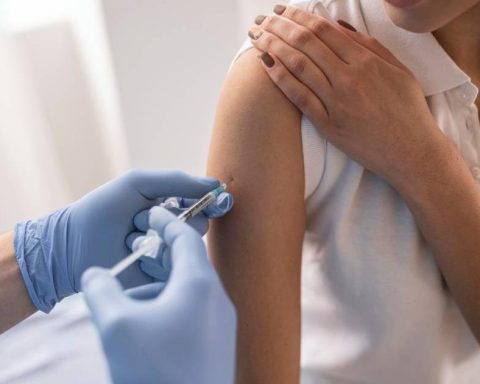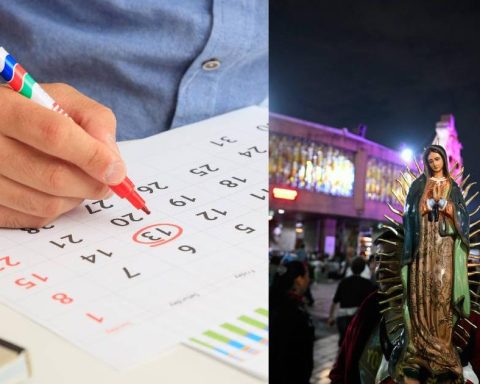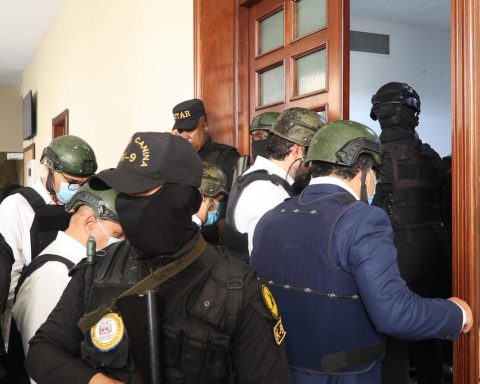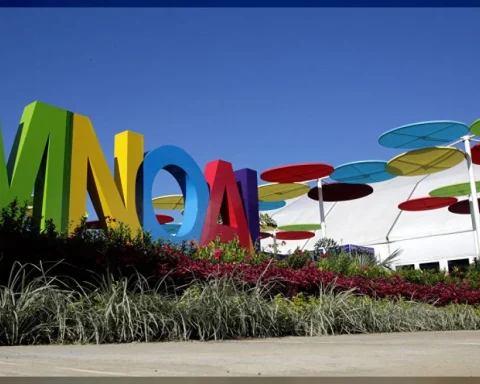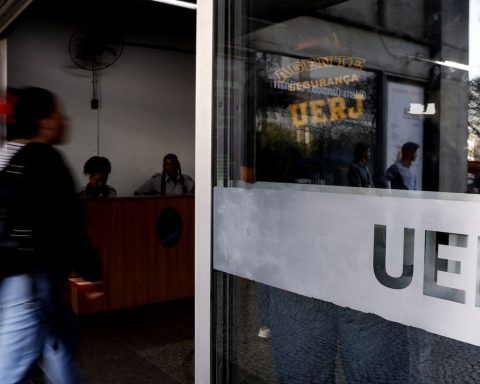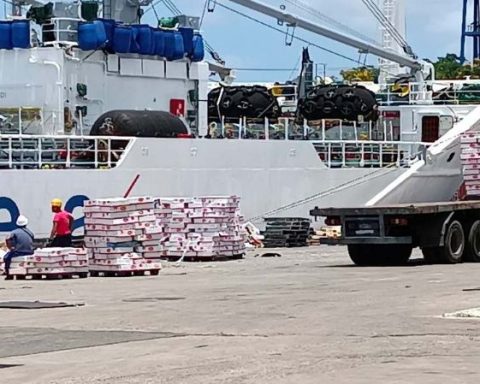The problems that the Compulsory Traffic Accident Insurance (Soat) entails for the health system and insurer, represented in high accident rate, fraud, evasion, falsification and low profitability of the businessamong other aspects, would be accentuated with the subsidy that the Government will begin to apply in the coming days.
(Read: Get your pocket ready: gasoline prices will go up $200 more in December).
The Executive will allocate $2 billion, which will represent the payment of 50% of the policies of this branch for low-cylinder motorcycles, business cars, taxis, minibuses and urban and inter-municipal public service.
The issue is highly sensitive for Fasecolda, the insurance union, which has just lost its president after the resignation of Miguel Gómez Martínez, after two years in office, and for the companies that market this product, which Allege losses of more than $200 billion this yearreason for which for some months some have said in a low voice that they could stop selling it.
Analysts and the industry allege that the subsidy is poorly designed and inefficientbecause as Juan Alberto Londoño, former Vice Minister of Finance, says, “the Government cannot make an expense charged to the budget if there is not previously a law that authorizes it.”
The criticisms, related to issues of social and political expediency, suggest that those who benefit from the subsidy will be the owners of small motorcycles, where there is more evasion (60%) and they are the ones that have the most accidents (87 out of 100). Of the country’s vehicle park of 18 million units, motorcycles are almost 11 million.
To the problem of Soat we must add a outdated regulations, deficient road safety campaigns, irregular infrastructure, fraud represented in nearly half a million cases detected with fraudulent IPS and/or atypical charges, a general evasion that reaches an average of 47% (60%) in motorcycles and $2 billion less in resources to the health system.
(In addition: Soat rate will drop 50% for motorcycles and public transport).
For the economist Jorge Restrepo, the recently approved subsidy is poorly targeted and inefficient. “It will be granted without regard to the need or poverty situation of the beneficiary, which is one of the criteria for granting subsidies. With that same amount, coverage of the PAE can be significantly increased or double youth in action, and give an elderly subsidy to thousands of old men and women without income and in poverty”.
It indicates that it is inefficient because it does not necessarily lead to “people at higher risk taking more insurance coverage, since it rewards evasion and does not discourage evaders but rather rewards them.””.
Juan Pablo Bocarejo, ex-Secretary of Mobility of Bogotá and leader of the speed management plans project with GRSP, says that 2022 was the worst accident rate in the history of Colombia and “in 2023 we will have even more fatalities and injuries. The costs in the health system that this situation generates are enormous and there is no road safety policy that elucidates a change”.
He points out that the payment made by the current Soat motorcycles does not cover the great risks of accidents and some insurers do not sell them.
Bocarejo considers it key to implement the pass by points and that the one with a higher risk of loss must pay more Soatregardless of the type of vehicle.
The expert is in favor of making tables that impose a differential amount depending on the behavior on the road, that is, the one who has subpoenas pays more and the one who has been involved in accidents pays more. Likewise, he criticizes the result of the National Road Safety Agency, which is fed with Soat resources, since it has not managed to change the trend of accidents and says that the subsidy rewards the road actor that generates higher costs and increases the gap in the health sector.
(In addition: Energy rates in the country fell, on average, 813 pesos).
Difficulties to acquire it and fraud to buy it online
As of September, the policies reached 6.52 million, with a growth of 3.8% compared to the same month of 2021. Until August, the claims paid under this product were $1.52 trillion, higher than the $1.16 trillion a year ago. It is estimated that this year there will be 900,000 victims, that is, those who will need care. In 2021 the figure was 686,000. Until August there were 5,501 deaths, compared to 4,505 with a cutoff to the eighth month of 2021.
Owners of vehicles and motorcycles have been complaining about the difficulties in acquiring the Soat, which is attributed to the low commissions to intermediaries and which was established in a law of the end of 2021 that restricted them to a maximum of 5%. In addition, users have also reported scams from alleged sellers through internet pages.
BRIEFCASE
